Equipment
Ping rejuvenates its famed Eye2 wedge with the Glide ES
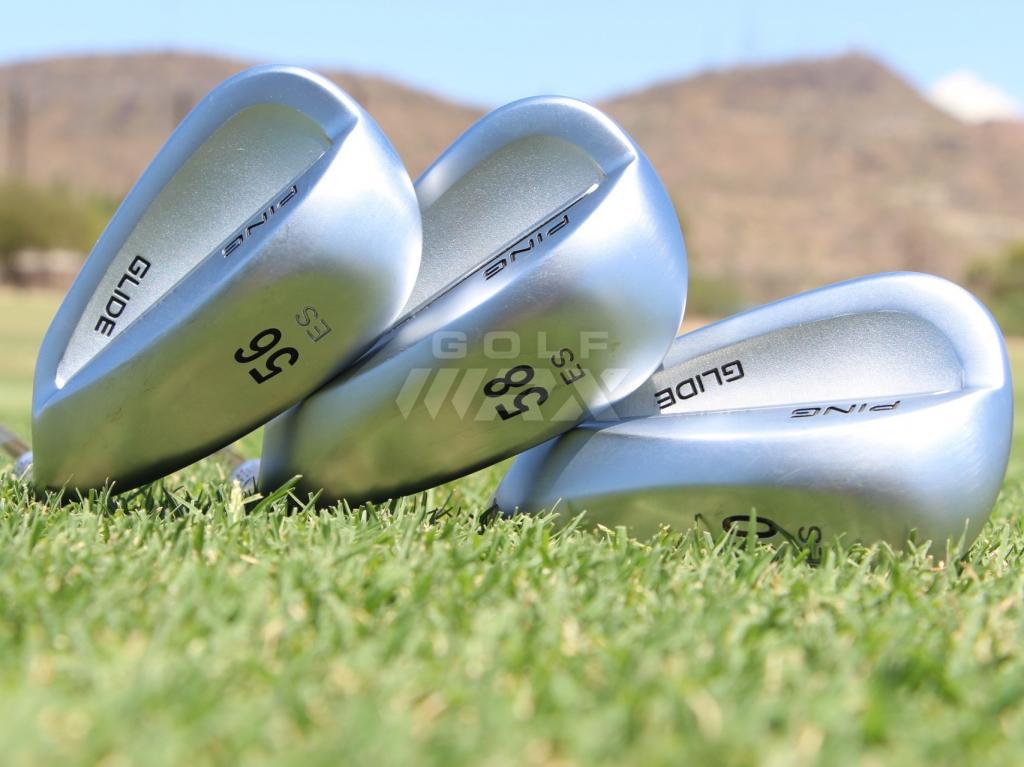
Ping has rejuvenated a more than three-decade old design with its new Glide ES wedges. ES stands for “Eye Sole,” referencing the best-selling wedge in Ping history, the Eye2.
Different golfers use wedges in different ways, but Eye2 wedge users tend to agree on one thing — the club is fantastic from bunkers. In just the past year, conforming-groove versions of the original Eye2 have been spotted in the bags of several PGA Tour players, the most notable of which are Phil Mickelson, Padraig Harrington and Hunter Mahan.
Not bad for a golf club that was popular in a decade where boom boxes, Care Bears, Miami Vice, Rubik’s Cubes and Michael Jackson’s album “Thriller” were all the rage.
What makes the Eye2, and now the Glide ES, an exceptional bunker club, according to Ping Senior Design Engineer Marty Jertson, is a part of the club that (hopefully) never contacts the ball: its hosel. More than any other Ping wedge, the hosel of the Glide ES is tapered, or reduced in size as it transitions from the ferrule to the leading edge of the club. That creates less drag as the club moves through impediments such as sand or grass and leads to more consistent strikes.
According to Ping studies, the design of the Glide ES, which uses the same 431 Stainless Steel design, 24-degree groove sidewalls and moisture-repelling satin-chrome finish as the company’s other Glide wedges, creates 7 percent less hosel drag on bunker shots when compared to the company’s other designs. Because of its overall reduction in surface area, the entire club head also creates a 2 percent reduction in overall drag.
Related: Our review of Ping’s Glide WS, SS and TS wedges.
So how do you know if its for you? If you struggle with bunker shots this is the one, Jertson says. If your short game is more refined, read on.
The Gilde ES has a “scooped sole,” which creates two distinct surfaces on the bottom of the club. The front portion of the sole is engaged on shots that have the club shaft leaning toward the target. It will tend to dig into the ground slightly more than the company’s Glide SS wedges, but not as much as the company’s Glide TS wedges.
When the shaft is leaned backward or the club is used in the opened position, the rear part of the sole will dig into the ground slightly more than the company’s Glide WS wedges, but not as much as the company’s Glide SS wedges.
If you’re a current Eye2 wedge user, know that the club will tend to dig less than the original version — particularly on full shots.
The Glide ES wedges are available in lofts of 56, 58 and 60 degrees ($140 with steel, $160 with graphite) and will be in stories on July 30. They come stock with Ping’s CFS wedge shaft or the company’s TFC 419i (Soft R, R, S flexes) if graphite is your thing. The stock grip is Ping’s Dyla-wedge, which is 0.75 inches longer than standard grips to encourage golfers to choke down on shots around the green for better control.
Click here to see what GolfWRX Members are saying about the Glide ES wedges in our forum.
[wrx_retail_links productid=”52″]
- LIKE157
- LEGIT17
- WOW9
- LOL5
- IDHT7
- FLOP8
- OB3
- SHANK9
Whats in the Bag
Kris Kim WITB 2024 (May)

- Kris Kim what’s in the bag accurate as of the CJ Cup Byron Nelson. More photos from the event here.
Driver: TaylorMade Qi10 (9 degrees @7)
Shaft: Mitsubishi Tensei 1K White 60 TX
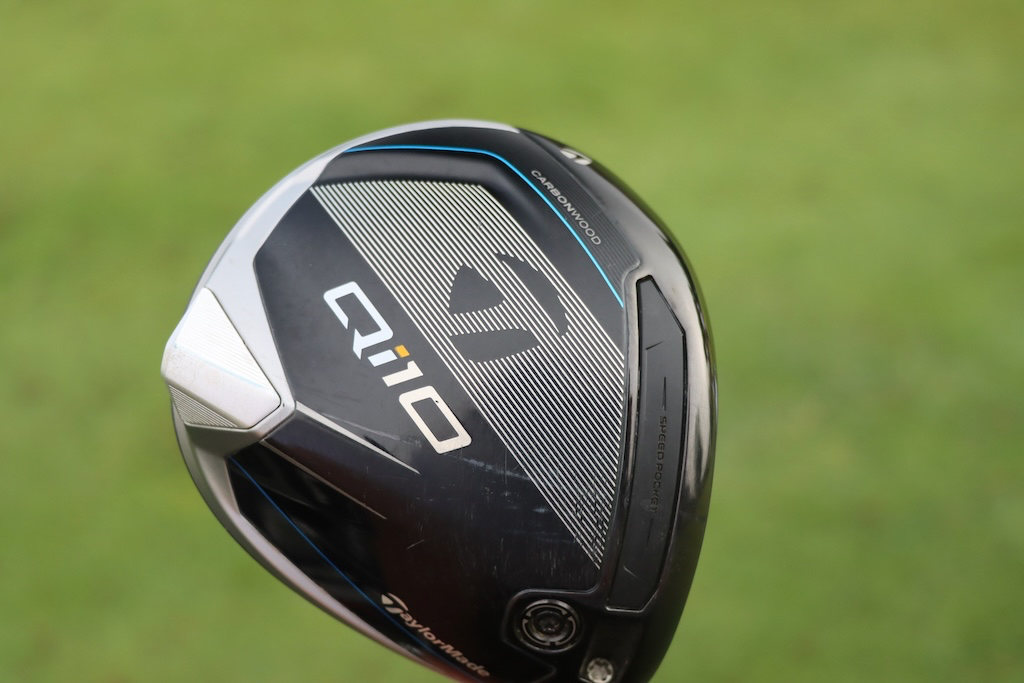

3-wood: TaylorMade Qi10 Tour (15 degrees @13.5)
Shaft: Mitsubishi Diamana WB 73 TX
Irons: TaylorMade P770 (2, 4), TaylorMade P7MB (5-PW)
Shafts: Mitsubishi Tensei 1K White 80 TX (2), Nippon N.S. Pro Modus3 Tour 120 X
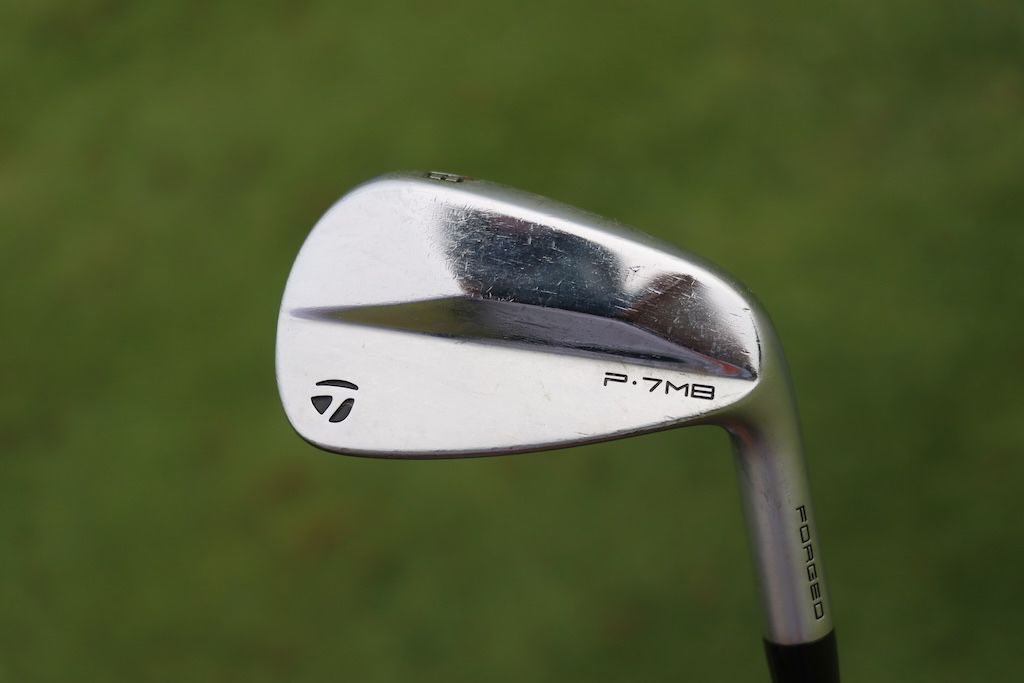

Wedges: TaylorMade MG4 (50-09SB, 56-12SB, 60-11TW)
Shafts: Nippon N.S. Pro Modus3 WV 125
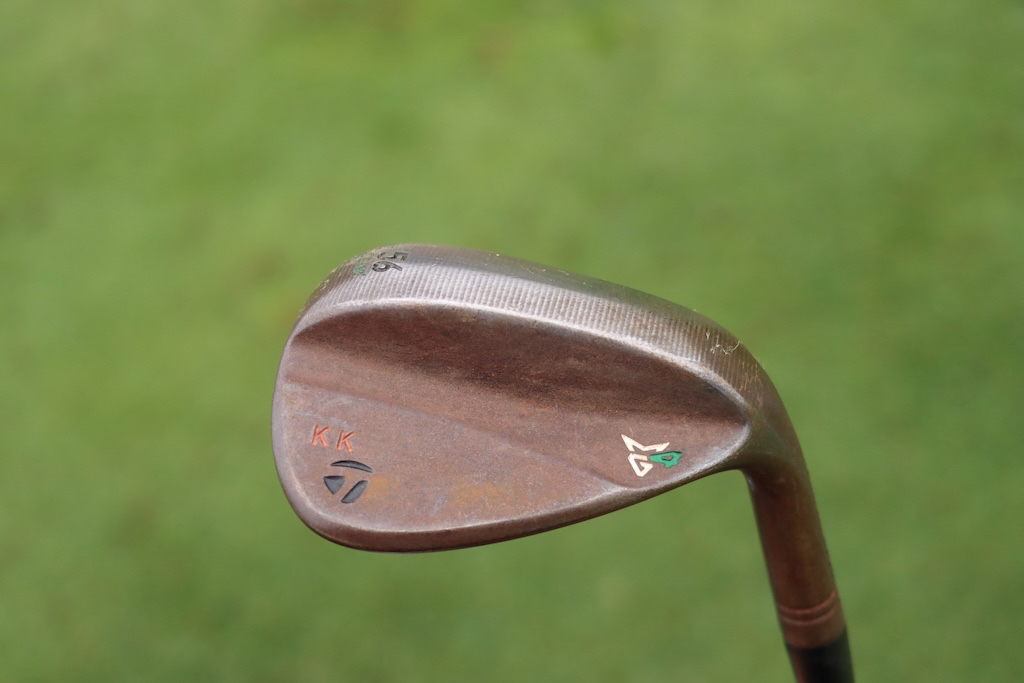

Putter: TaylorMade Spider Tour
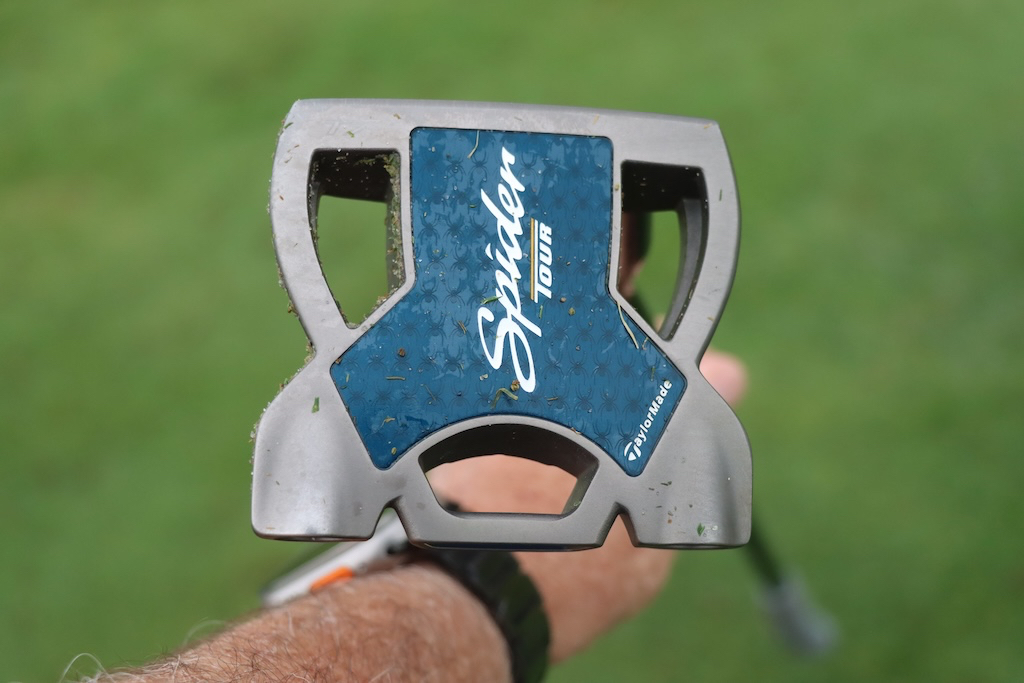
Grips: Golf Pride Tour Velvet Cord
Check out more in-hand photos of Kris Kim’s equipment here.
View this post on Instagram
- LIKE0
- LEGIT0
- WOW0
- LOL0
- IDHT0
- FLOP0
- OB0
- SHANK0
Equipment
Welcome to the family: TaylorMade launches PUDI and PDHY utility irons
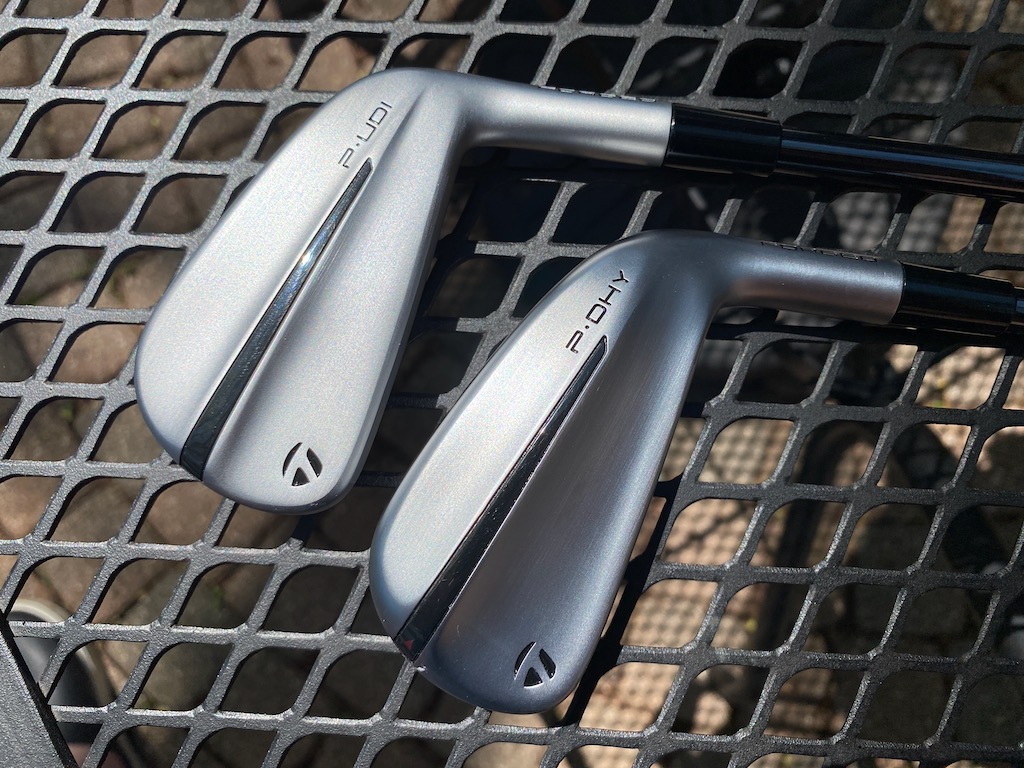
TaylorMade is continuing its UDI/DHY series with the successor to the Stealth UDI and DHY utility irons: PUDI and PDHY (which the company styles as P·UDI and P·DHY). TaylorMade is folding the designs in with its P Series of irons.
TaylorMade outlined the process of developing its new utilities this way. The company started with the data on utility iron usage. Not surprisingly, better players — i.e. those who generate more clubhead speed and strike the ball more precisely — were found to gravitate toward the UDI model. DHY usage, however, covered a wider swath than the company might have expected with six-to-18 handicappers found to be bagging the club.
TaylorMade also found that the majority of golfers playing UDI or DHY utilities were playing P Series irons at the top of their iron configurations.
Can you see where this is going?
Matt Bovee, Director of Product Creation, Iron and Wedge at TaylorMade: “As we look to the future, beyond the tech and the design language, we are excited about repositioning our utility irons into the P·Series family. P·UDI is an easy pair for players that currently play P·Series product and P·DHY is an extremely forgiving option for players of all skill levels. It is a natural fit to give these players the performance in this category that they are looking for.”
View this post on Instagram
TaylorMade PUDI
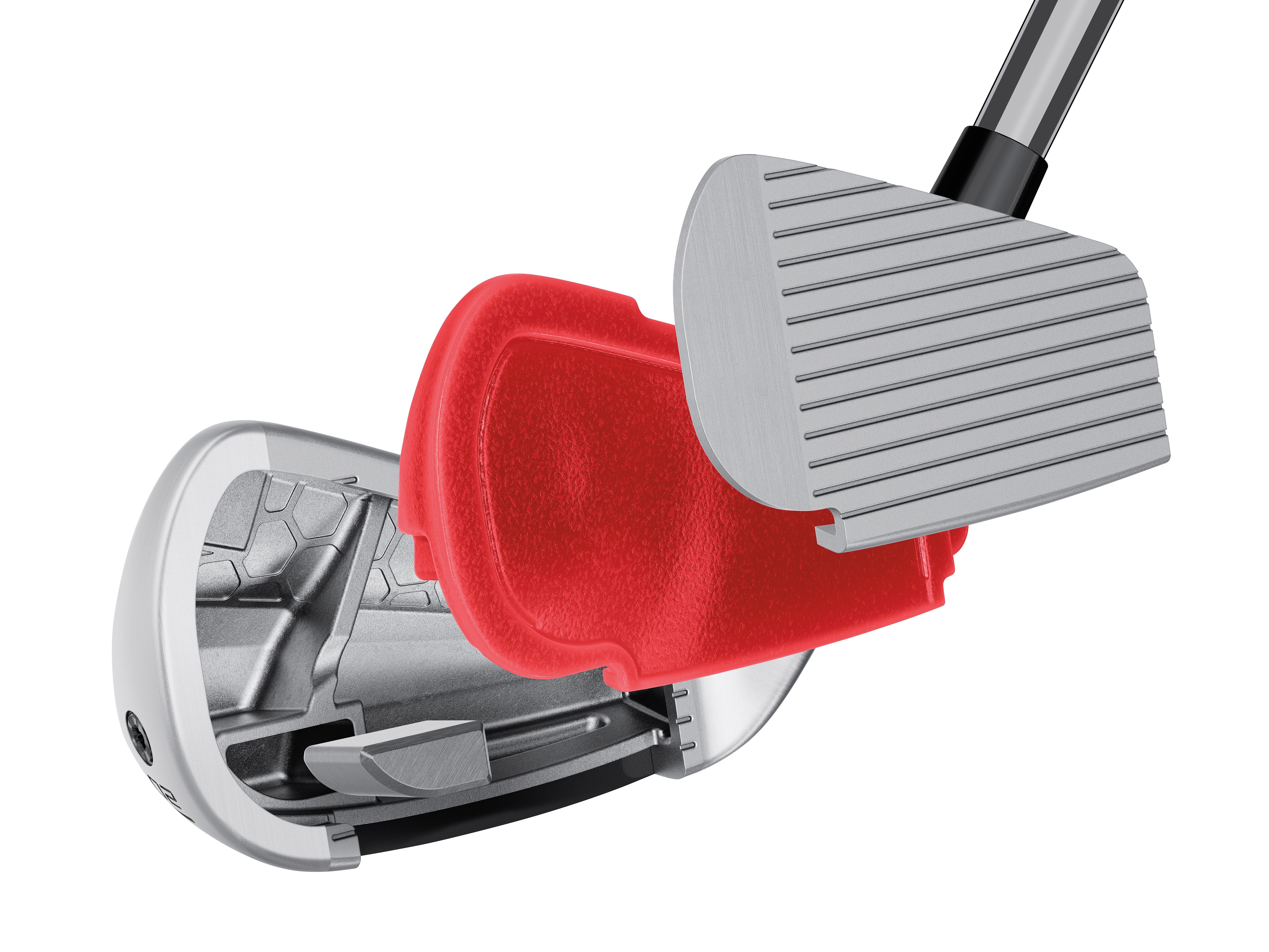
TaylorMade PUDI technology cutaway (via TaylorMade)
Crafted with tour player input, TaylorMade sought to develop a confidence-inspiring utility iron that blends with the rest of the P Series irons. Also of note: Interestingly, the PUDI has a more compact head than the P790.
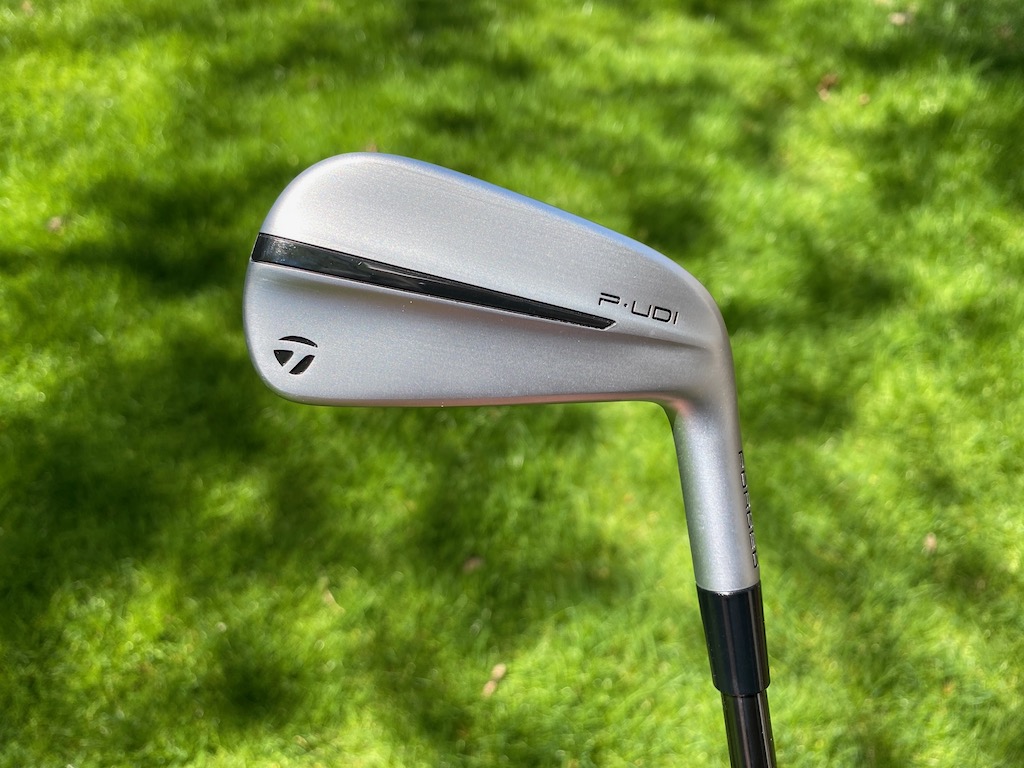
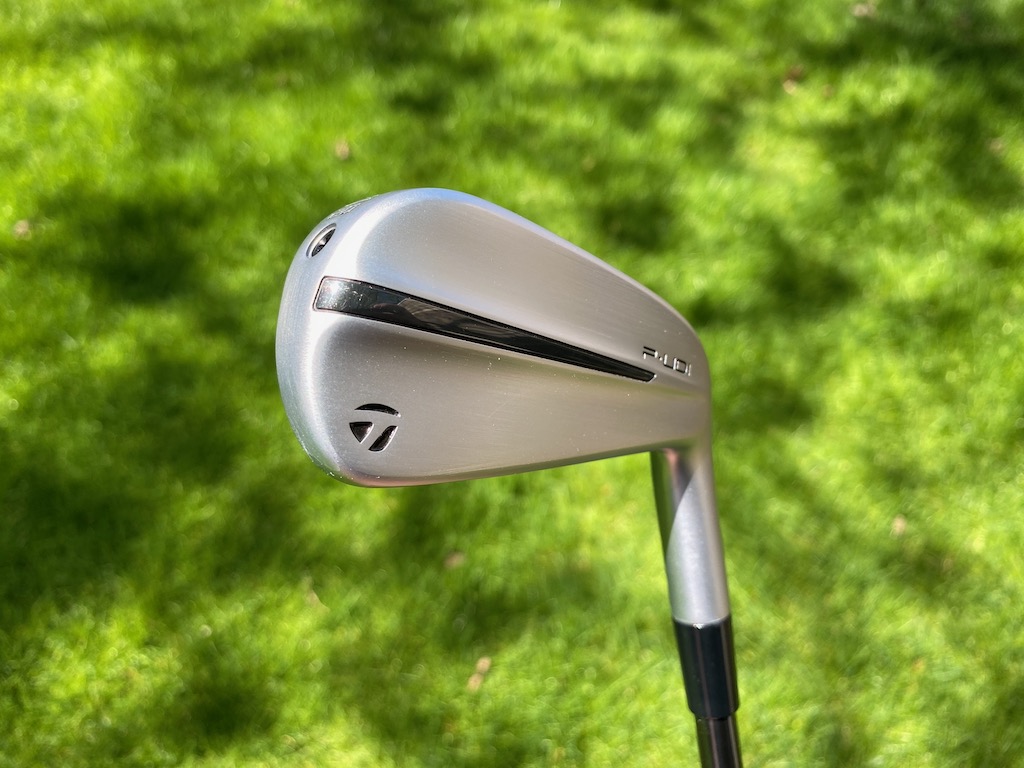
In comparison to past UDI products, the PUDI has a more traditional iron shape, slimmer toplines, and less offset with a little of the backbar visible at address.
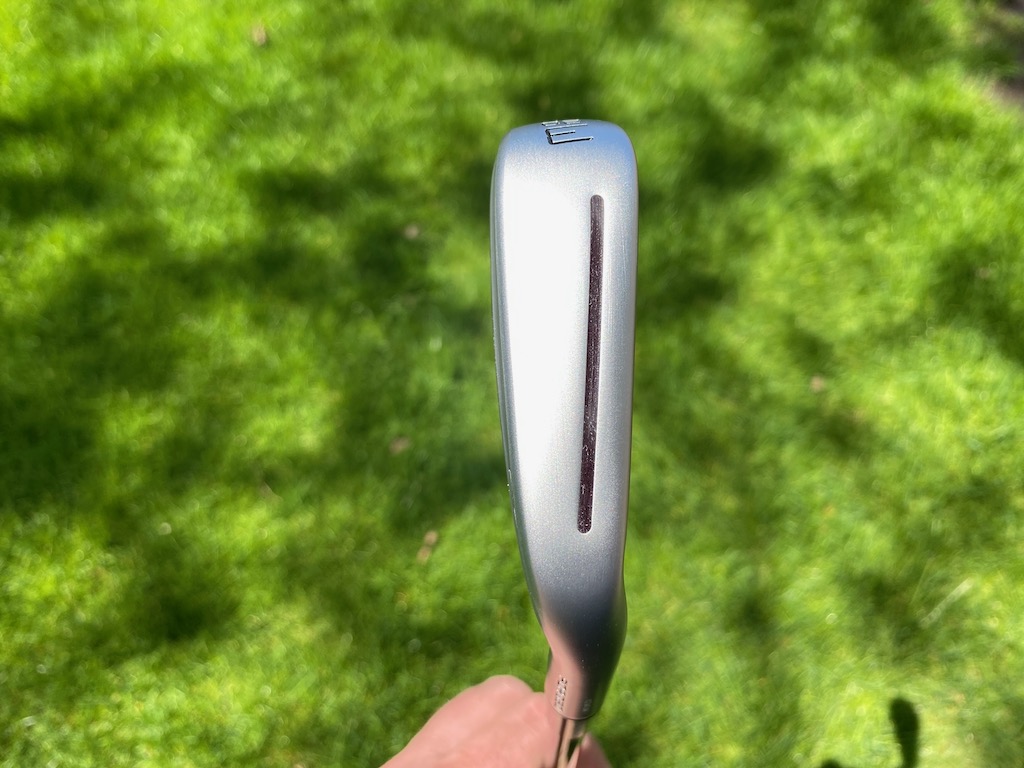

TaylorMade PDHY
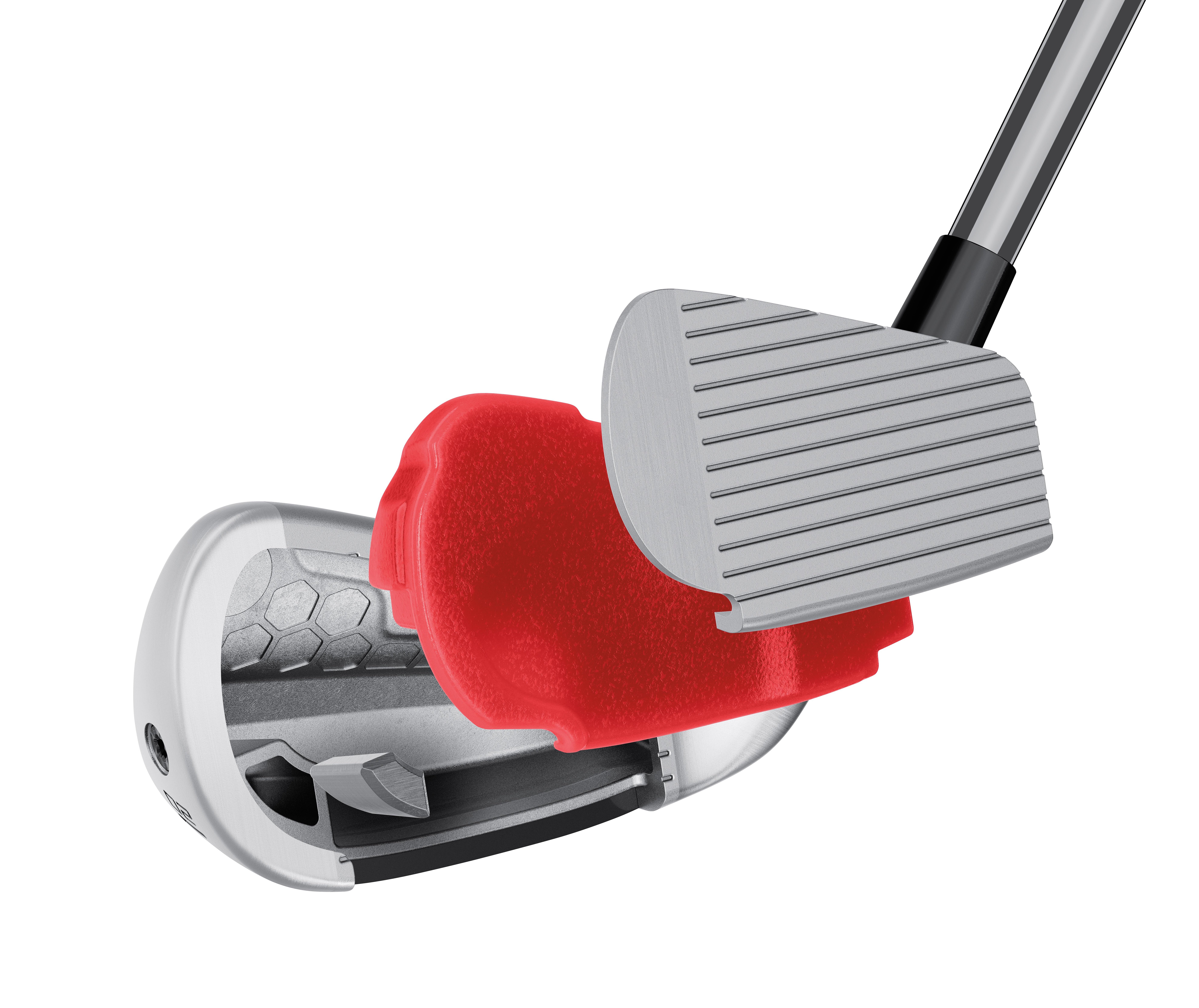
TaylorMade PDHY tech cutaway (via TaylorMade).
Larger in profile than the PUDI, the PDHY seeks to position center of gravity (CG) lower in the club for ease of launch. The toe height is larger and the profile is larger at address — roughly five millimeters longer than PUDI — the sole of the club is wider for improved forgiveness.
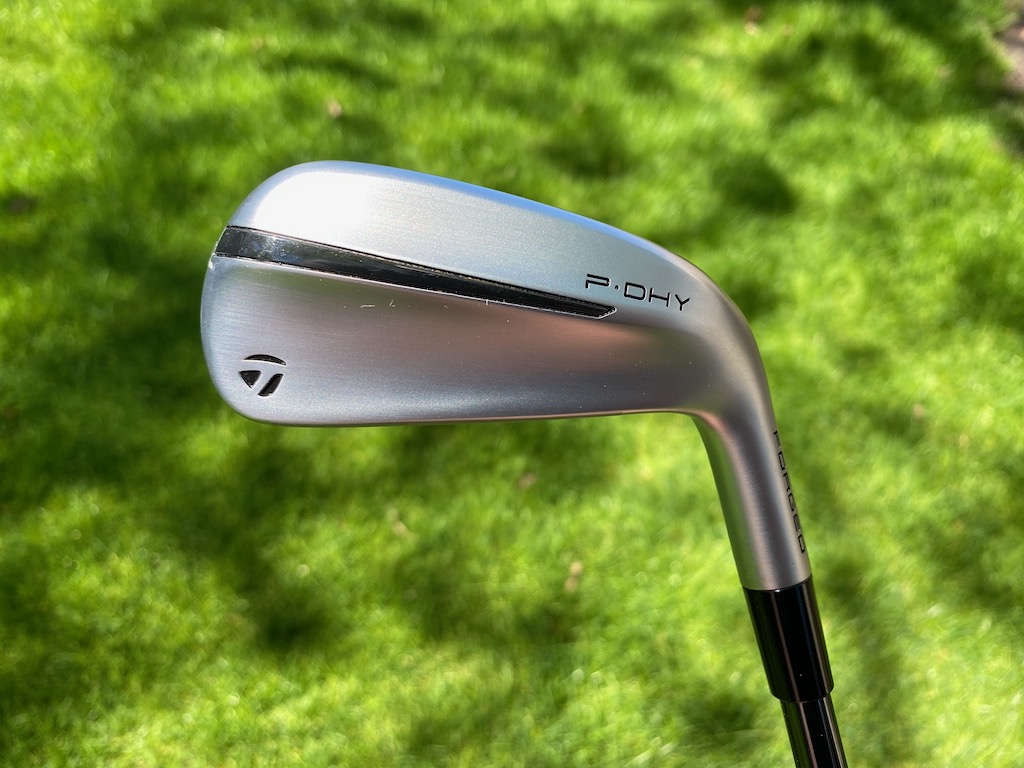



Club Junkie’s take
Golfers who feel like they are missing something at the top of the bag could find the PUDI or PDHY a great option. The look of the PUDI should fit the most discerning eye with a more compact look, less offset, and a thinner topline. If you want a little more confidence looking down the P-DHY will be slightly larger while still being a good-looking utility iron.
For being small packages both models pack a pretty good punch with fast ball speeds, even off-center. The feel is soft and you get a solid feel of the ball compressing off the face when you strike it well. Your ears are greeted with a nice heavy thud as the ball and club come together. The PDHY will launch a little higher for players who need it while the PUDI offers a more penetrating ball flight. Both utility irons could be the cure for an open spot in the top end of the bag.
PUDI, PDHY, or Rescue?
TaylorMade offers the following notes to assist golfers in filling out their bags:
- PUDI has mid-CG right behind the center face to create a more penetrating mid-to-low ball flight
- PDHY has a lower center of gravity to produce an easier-to-launch mid-to-high ball flight.
- Both PUDI and PDHY are lower-flying than the company’s hybrid/Rescue clubs.
- PUDI is more forgiving than P790.
- PDHY is the most forgiving iron in the entire TaylorMade iron family
Pricing, specs, and availability
Price: $249.99
At retail: Now
Stock shafts: UST Mamiya’s Recoil DART (105 X, 90 S and 75 R – only in PDHY)
Stock grip: Golf Pride’s ZGrip (black/grey)
PUDI lofts: 2-17°, 3-20°, 4-22° in both left and right-handed
PDHY lofts: 2-18°, 3-20° and 4-22° in both left and right-handed
- LIKE15
- LEGIT4
- WOW3
- LOL2
- IDHT1
- FLOP1
- OB1
- SHANK3
Equipment
Coolest thing for sale in the GolfWRX Classifieds (5/3/24): Scotty Cameron Champions Choice 2.5+ putter

At GolfWRX, we are a community of like-minded individuals that all experience and express our enjoyment of the game in many ways.
It’s that sense of community that drives day-to-day interactions in the forums on topics that range from best driver to what marker you use to mark your ball. It even allows us to share another thing we all love – buying and selling equipment.
Currently, in our GolfWRX buy/sell/trade (BST) forum, there is a listing for a Scotty Cameron Champions Choice 2.5+ putter
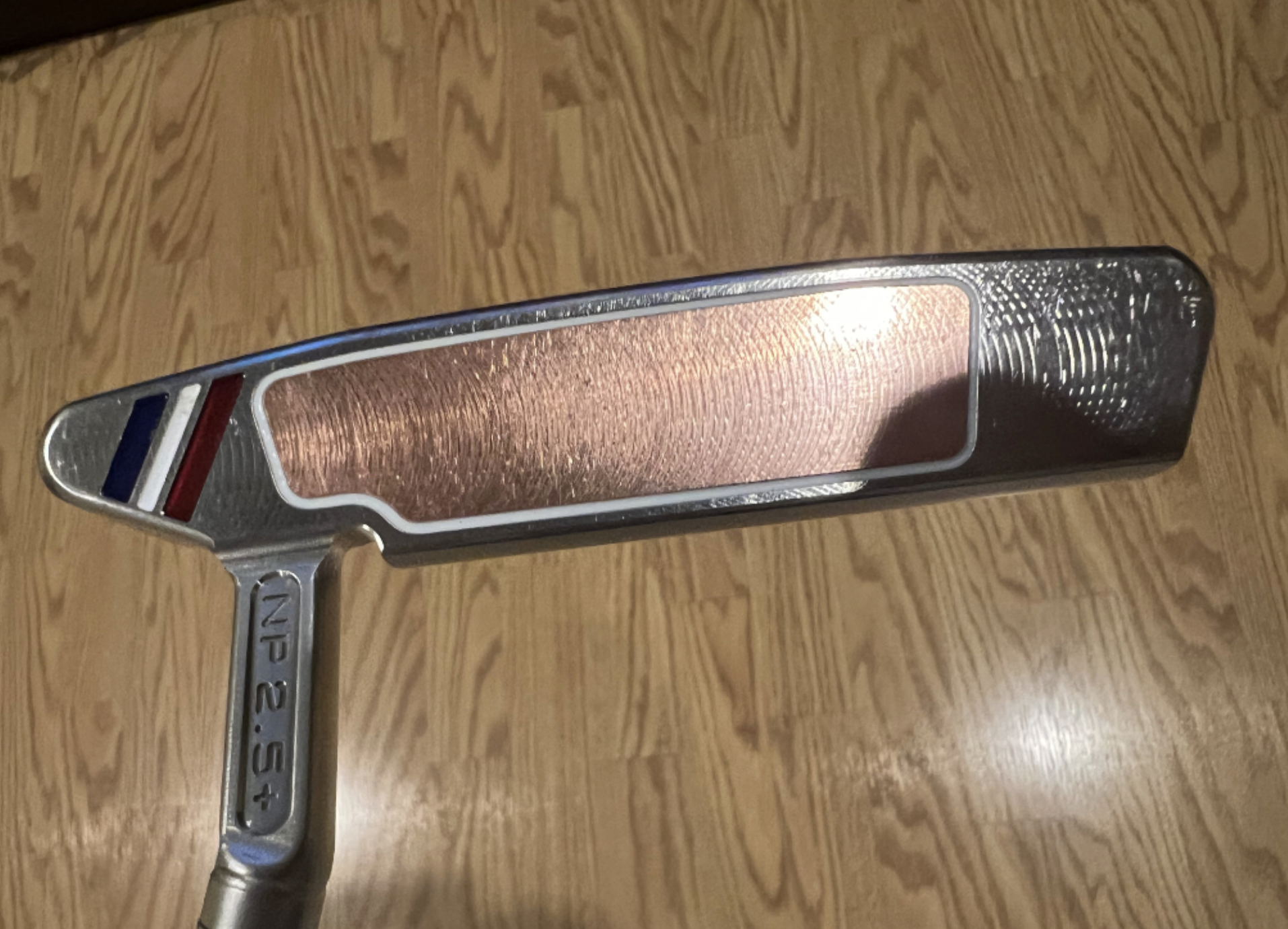
From the seller: (@wwcl): “Has been gamed as pics show. 33.5 includes original h/c and grip. $575 includes shipping and PP fees.”
To check out the full listing in our BST forum, head through the link: Scotty Cameron Champions Choice 2.5+ putter
This is the most impressive current listing from the GolfWRX BST, and if you are curious about the rules to participate in the BST Forum you can check them out here: GolfWRX BST Rules
- LIKE1
- LEGIT1
- WOW0
- LOL0
- IDHT0
- FLOP0
- OB0
- SHANK0
-

 19th Hole2 weeks ago
19th Hole2 weeks agoJustin Thomas on the equipment choice of Scottie Scheffler that he thinks is ‘weird’
-

 19th Hole2 weeks ago
19th Hole2 weeks ago‘Absolutely crazy’ – Major champ lays into Patrick Cantlay over his decision on final hole of RBC Heritage
-

 19th Hole3 weeks ago
19th Hole3 weeks agoTwo star names reportedly blanked Jon Rahm all week at the Masters
-

 19th Hole3 weeks ago
19th Hole3 weeks agoReport: LIV Golf identifies latest star name they hope to sign to breakaway tour
-

 19th Hole3 weeks ago
19th Hole3 weeks agoNeal Shipley presser ends in awkward fashion after reporter claims Tiger handed him note on 8th fairway
-

 19th Hole2 weeks ago
19th Hole2 weeks agoBrandel Chamblee has ‘no doubt’ who started the McIlroy/LIV rumor and why
-

 19th Hole1 week ago
19th Hole1 week agoLET pro gives detailed financial breakdown of first week on tour…and the net result may shock you
-

 Equipment3 weeks ago
Equipment3 weeks agoJason Day on his recent switch into Srixon ZX5 and ZX7 Mk II irons

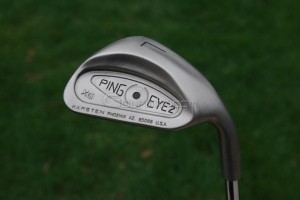
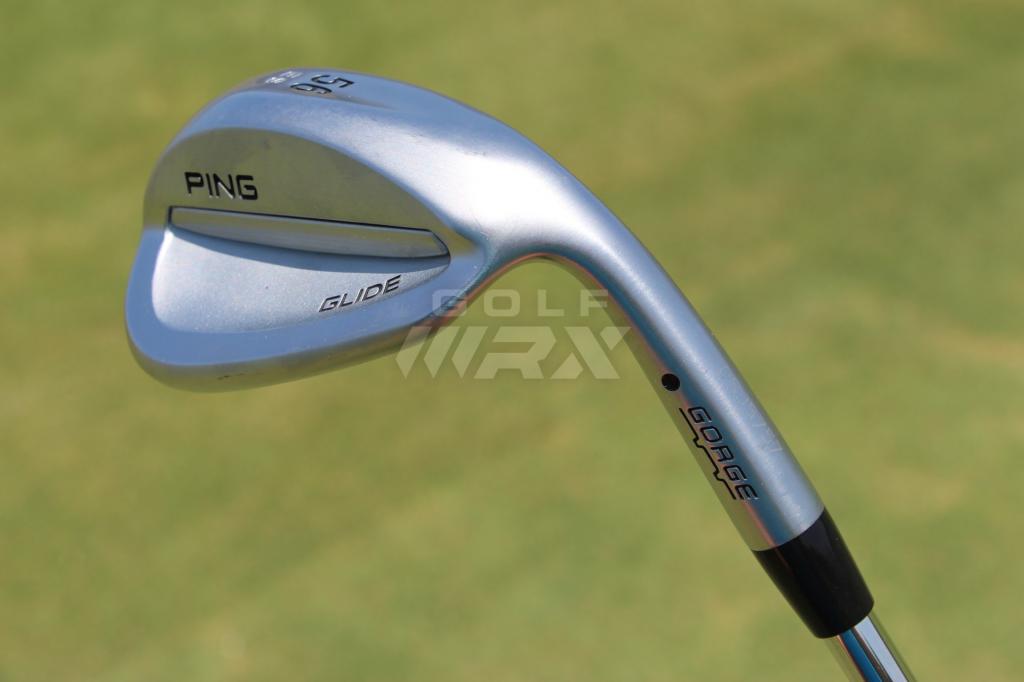
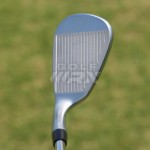
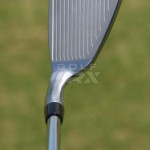
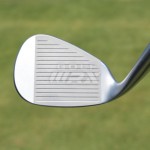

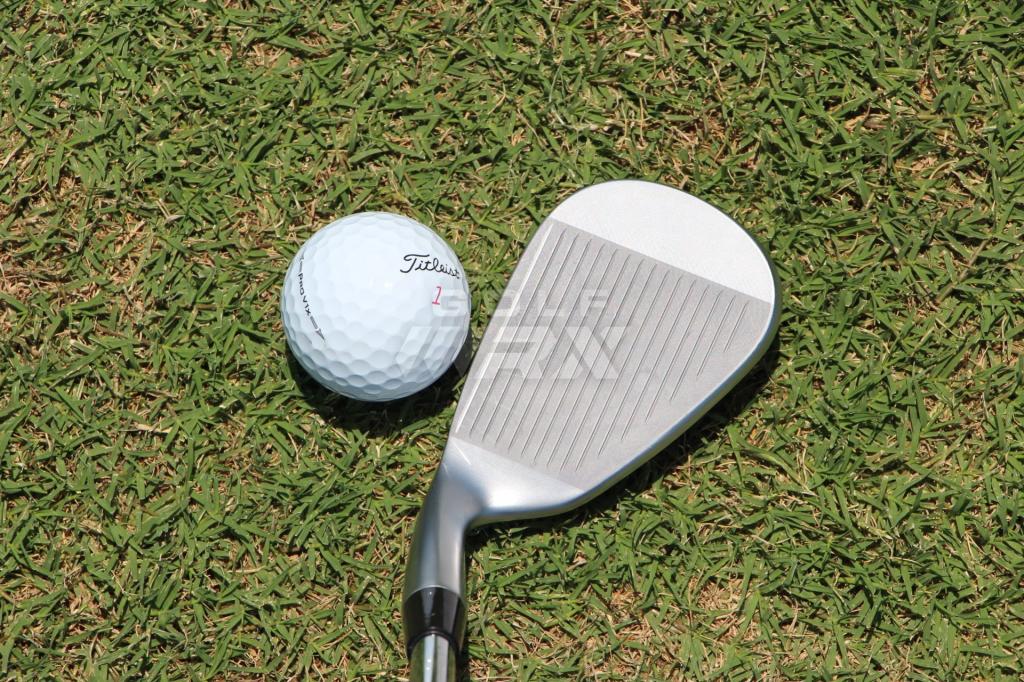


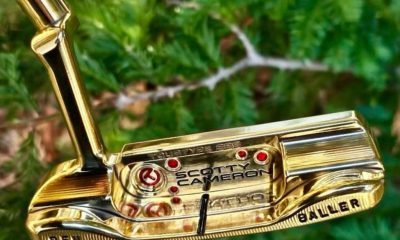

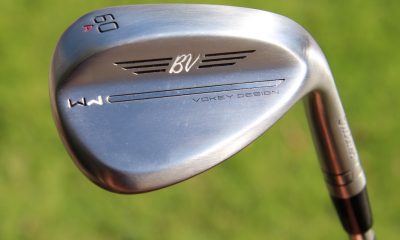

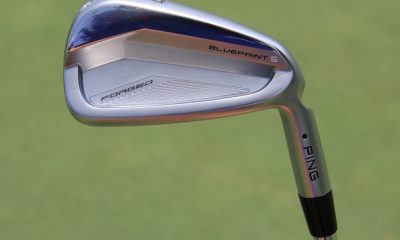



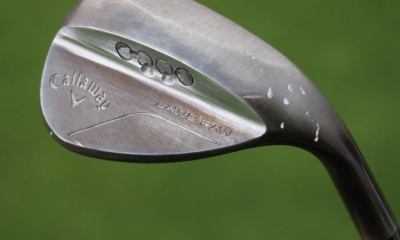

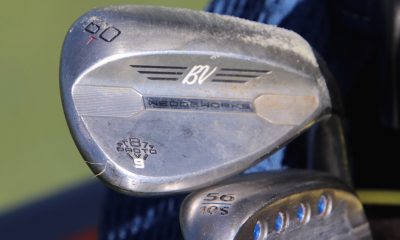
















Ray Neese
Jun 25, 2019 at 3:14 pm
Saw on Instagram Golf WRX a Ping Eye 2, Glide 3. Looked to me more like PM and Hi Toe.
other paul
Jul 19, 2015 at 11:19 am
So am I supposed to buy this or the PM grind mackdaddy2?
Ballstrikka
Jul 18, 2015 at 10:01 pm
+1
Christosterone
Jul 18, 2015 at 12:05 pm
Dear Ping: PLEASE make a glide set of irons!!!
-Christosterone